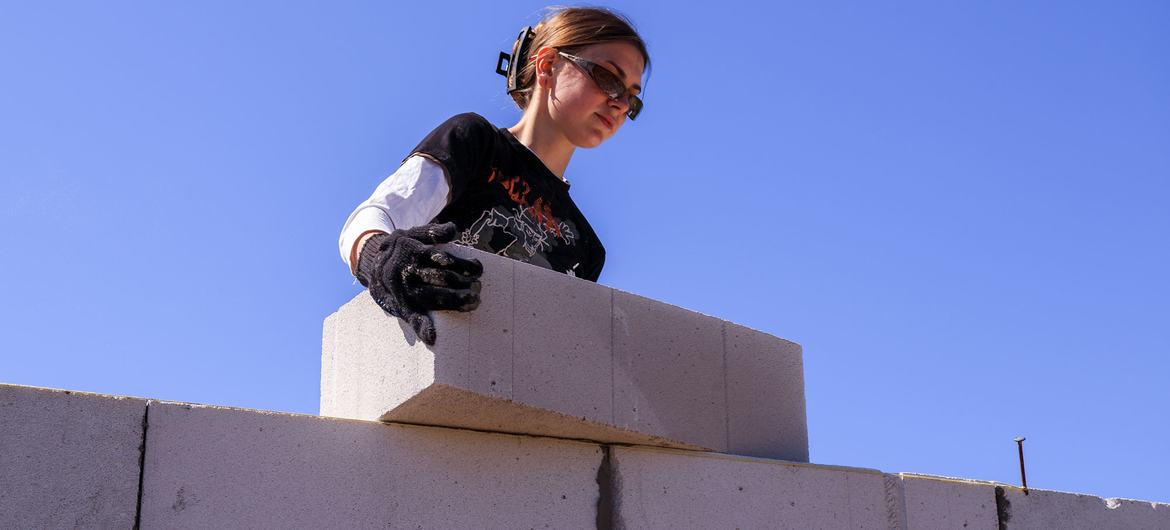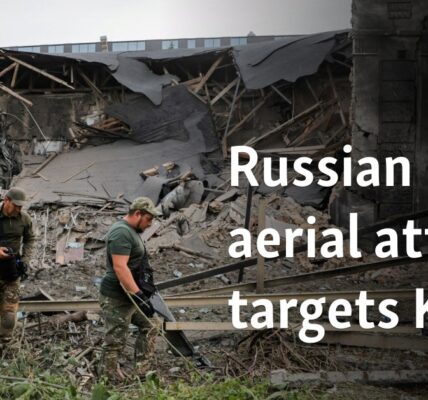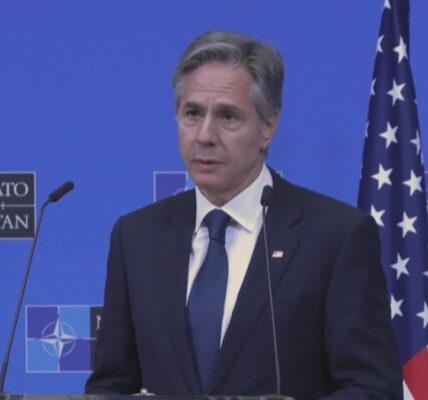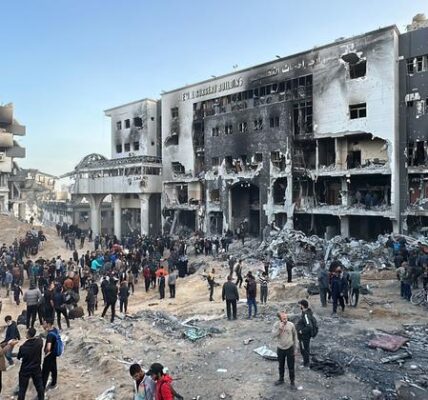The next ten years will require $486 billion for Ukraine’s recovery and reconstruction efforts.
The latest RDNA3 (Rapid Damage and Needs Assessment) released by the Ukrainian Government, in collaboration with the World Bank Group, the European Commission, and the UN, evaluates the damages caused by the Russian invasion from February 24, 2022 until the end of December.
The most urgent requirements are for housing, accounting for 17% of the total expected expenses. This is followed by transportation, business and industrial needs, agriculture, and energy. Social protection and assistance for livelihoods, as well as management of explosive hazards, make up less than 10% each.
The total amount spent on clearing and managing debris, as well as necessary demolition, across various industries amounts to approximately $11 billion.
Damage and displacement
“Despite the ongoing war, the Ukrainian Government, with the help of global allies, remains committed to implementing a fast recovery plan. According to Prime Minister Denys Shmyhal, the third Rapid Damage and Needs Assessment has allowed for a more organized approach to this process.”
The total cost of destruction in Ukraine has risen to nearly $152 billion, with the majority of the damage occurring in Donetsk, Kharkiv, Luhansk, Zaporizhzhia, Kherson, and Kyiv – the same regions that were most affected in the previous evaluation.
The research conducted by RDNA3 revealed that approximately 10% of housing across the nation, totaling two million homes, has incurred damage or destruction. This has resulted in continued displacement of Ukrainian citizens from their communities.
Moreover, the demolition of the Kakhovka Dam and hydropower plant in June of last year has had detrimental effects on the environment and agriculture, exacerbating the challenges faced by those already struggling to obtain housing, water, food, and healthcare.
Russia should pay
The government of Ukraine predicts that approximately $15 billion will be necessary this year solely for urgent rebuilding and rehabilitation efforts at both the national and local levels.
The main focus is to assist and activate the private sector while also rebuilding housing, infrastructure, services, energy, and transportation. A total of $5.5 billion has been obtained from Ukraine and global allies.
The Prime Minister, Shmyhal, acknowledged that there has been a continuous increase in reconstruction requirements over the past year.
He stated that the primary means of restoring Ukraine should be through seizing Russian assets that have been frozen in Western countries. This process should begin within the current year.

A volunteer is assisting in the reconstruction of a home in the town of Lukashivka, located in Chernihiv region, Ukraine.
Recovery that is both inclusive and environmentally-friendly.
The RDNA3 identifies essential investments necessary for immediate recuperation and long-term rebuilding. If applicable, it takes into account and eliminates requirements that have already been fulfilled via government funding and assistance from allies and the global community.
The evaluation also emphasizes the ongoing necessity for changes and strategies that encourage participation from the private sector and guarantee a recovery that is both inclusive and environmentally friendly. It also offers more comprehensive data analysis on the effects on individuals and communities who are at risk.
Put your money into investing in the development of individuals in Ukraine.
Support the growth of individuals in Ukraine through your investments in their development.
Denise Brown, the United Nations’ Representative and Coordinator for Humanitarian Affairs in Ukraine, emphasized the importance of investing in the Ukrainian population as the country’s future hinges on their well-being.
“The conflict may have ended, but the pain continues,” she stated. “However, Ukrainian communities are exhibiting great bravery and dedication in leading their own efforts towards an all-encompassing recovery. They still require the ongoing support of their global allies.”
The results in the RDNA3 support the objectives of both the Government’s Ukraine Plan and the European Union (EU) Ukraine Facility, which are currently in development. These initiatives outline a plan for implementing reforms and making investments over the next four years as Ukraine works towards becoming a member of the EU.
The Prime Minister, Shmyhal, stated that the Government is actively working to attract private investments in order to speed up the reconstruction process and move our country closer to the EU.
Since the latest evaluation in March 2023, the government, with assistance from partners, has addressed critical needs by providing $1 billion for the restoration of the housing sector and completing over 2,000 kilometers of emergency repairs on major roadways and highways.
Culture under attack
The conflict in Ukraine has greatly impacted the country’s cultural and tourism industries, with damages estimated to be around $3.5 billion, marking a 40% increase from last year’s $2.6 billion.
According to UNESCO, approximately $9 billion will be required for recovery in the next ten years.
A sum of 4,779 cultural and tourist properties in Ukraine have been recorded as harmed, encompassing historic structures, artistic pieces, studios for creative businesses, and tourism establishments.
Kharkiv, Donetsk, and Odessa were the three regions with the highest amount of damage, with Kharkiv being the most heavily impacted at 25%.
Source: news.un.org



